Understanding redox reactions, especially those involving alcohols, is crucial in organic chemistry. "Redox" stands for reduction and oxidation, which involve the transfer of electrons between molecules.
This transfer changes the oxidation state of the molecules involved. Grasping these concepts helps in studying various biological processes and industrial applications.
I. Basics of Redox Reactions
A. Oxidation
Oxidation occurs when a molecule loses electrons, resulting in an increase in its oxidation state. This process often involves the loss of hydrogen atoms or the gain of oxygen atoms.
For example, when ethanol (C₂H₅OH) is converted to acetaldehyde (C₂H₄O), it loses two hydrogen atoms, corresponding to the loss of two electrons.

B. Reduction
Reduction is the gain of electrons by a molecule, which decreases its oxidation state. This process often involves the gain of hydrogen atoms or the loss of oxygen atoms. For instance, when acetaldehyde (C₂H₄O) is converted back to ethanol (C₂H₅OH), it gains two hydrogen atoms, corresponding to the gain of two electrons.

II. Common Redox Reactions Involving Alcohols
A. Oxidation of Primary Alcohols
Primary alcohols, like ethanol, can oxidize to aldehydes and carboxylic acids. For example, ethanol oxidizes to acetaldehyde, and with further oxidation, it forms acetic acid.

B. Oxidation of Secondary Alcohols
Secondary alcohols, like isopropanol (C₃H₈O), oxidize to ketones. For instance, isopropanol oxidizes to acetone.
C. Oxidation of Tertiary Alcohols
Tertiary alcohols, such as tert-butanol (C₄H₁₀O), are generally resistant to oxidation under mild conditions. Stronger conditions or different reagents are required to oxidize tertiary alcohols.
D. Reduction of Aldehydes and Ketones
Aldehydes and ketones can be reduced back to alcohols. For example, formaldehyde (CH₂O) reduces to methanol (CH₃OH).

Ketones like acetone (C₃H₆O) can be reduced to secondary alcohols like isopropanol.

III. Agents Involved in Redox Reactions
A. Oxidizing Agents
Oxidizing agents gain electrons and get reduced, causing other molecules to lose electrons. Potassium permanganate (KMnO₄) is known to be a strong oxidizing agent that oxidizes alcohols to aldehydes or ketones.
Example: Oxidation of ethanol with KMnO₄.
B. Reducing Agents
Reducing agents lose electrons and get oxidized, causing other molecules to gain electrons. Lithium aluminum hydride (LiAlH₄) is a strong reducing agent used to reduce aldehydes and ketones to alcohols.
Example: Reduction of acetone with LiAlH₄.
IV. Applications of Redox Reactions
A. Biological Systems
Redox reactions are vital in cellular respiration. During this process, glucose is oxidized to produce energy. Electrons are then transferred through a series of proteins in the electron transport chain, producing ATP, the cell's energy currency.

B. Industrial Processes
Redox reactions are crucial in the production of nitric acid, which involves the oxidation of ammonia (NH₃). In the Ostwald process, a catalyst oxidizes ammonia to nitric oxide (NO), which is then further oxidized to nitrogen dioxide (NO₂), and finally reacts with water to form nitric acid (HNO₃).

V. Connecting Redox Reactions to Broader Organic Chemistry Concepts
A. Synthesis and Functional Group Transformations
Redox reactions are essential in designing synthetic pathways. For instance, converting an alcohol to a carboxylic acid involves two oxidation steps. First, the alcohol is oxidized to an aldehyde. After, the aldehyde is further oxidized to a carboxylic acid.

B. Reaction Mechanisms
Understanding redox reactions helps predict reaction intermediates and transition states. For example, in the oxidation of ethanol to acetic acid, knowing the steps and intermediates is essential for understanding the entire reaction mechanism.
C. Biochemical Relevance
Many biochemical pathways involve redox reactions. The citric acid cycle, for instance, includes multiple redox reactions that produce energy in the form of ATP. Each step involves specific enzymes that facilitate electron transfer, which is crucial for the cycle's function.
VI. Wrap-Up and Key Terms
Delving into redox reactions involves grasping several key concepts and principles. Let's review:
Key Terms:
- Oxidation: Loss of electrons, increase in oxidation state.
- Reduction: Gain of electrons, decrease in oxidation state.
- Oxidizing Agents: Substances that cause oxidation and get reduced.
- Reducing Agents: Substances that cause reduction and get oxidized.
VII. Practice Questions
Sample Practice Question 1
What happens to a molecule during oxidation?
A. It gains electrons.
B. It loses electrons.
C. Its oxidation state decreases.
D. It becomes reduced.
Ans. B
During oxidation, a molecule loses electrons, increasing its oxidation state.
Sample Practice Question 2
Which substance is a common oxidizing agent?
A. Lithium aluminum hydride (LiAlH₄)
B. Potassium permanganate (KMnO₄)
C. Methanol (CH₃OH)
D. Ethylene (C₂H₄)
Ans. B
Potassium permanganate is a strong oxidizing agent in various oxidation reactions.

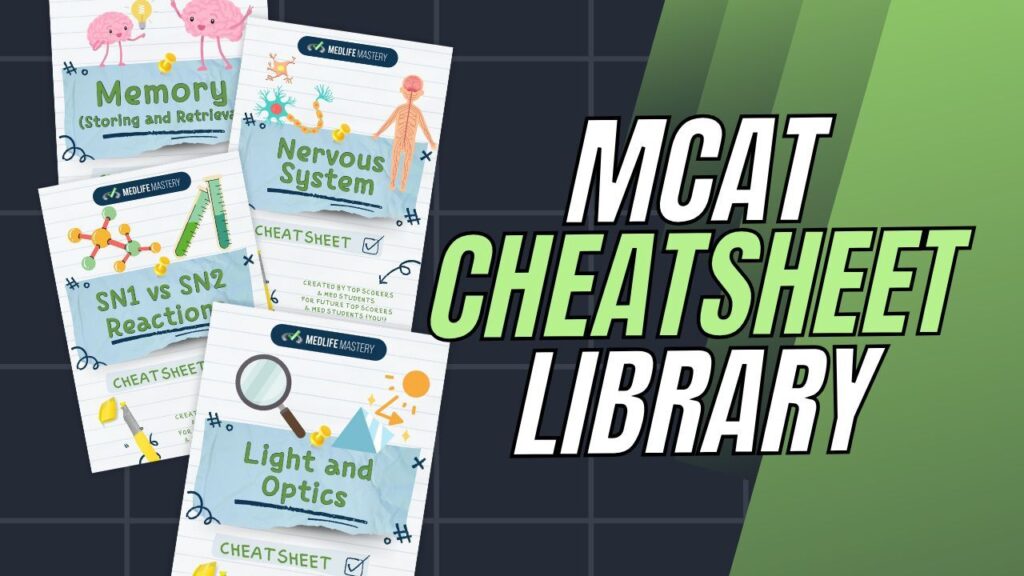
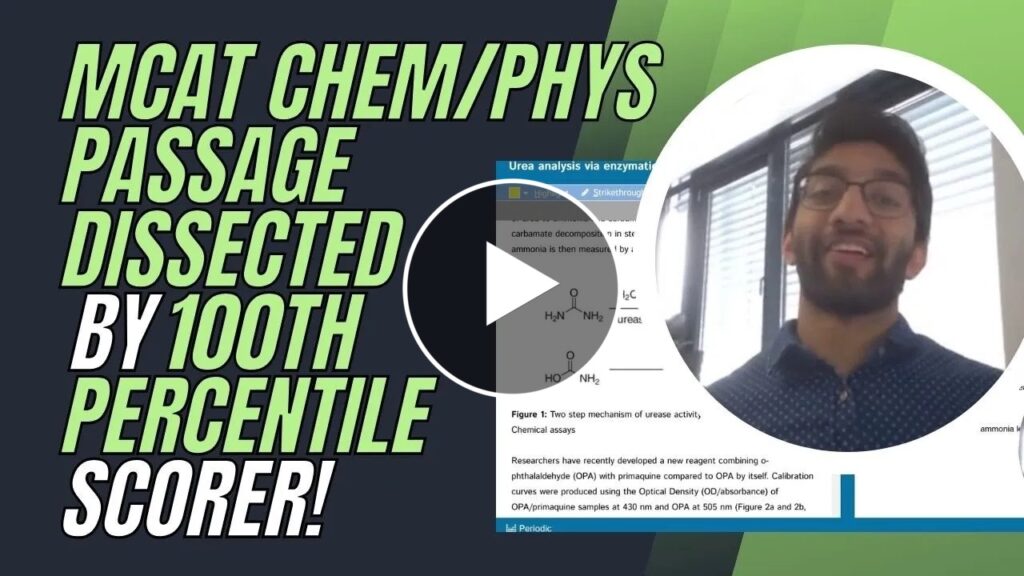

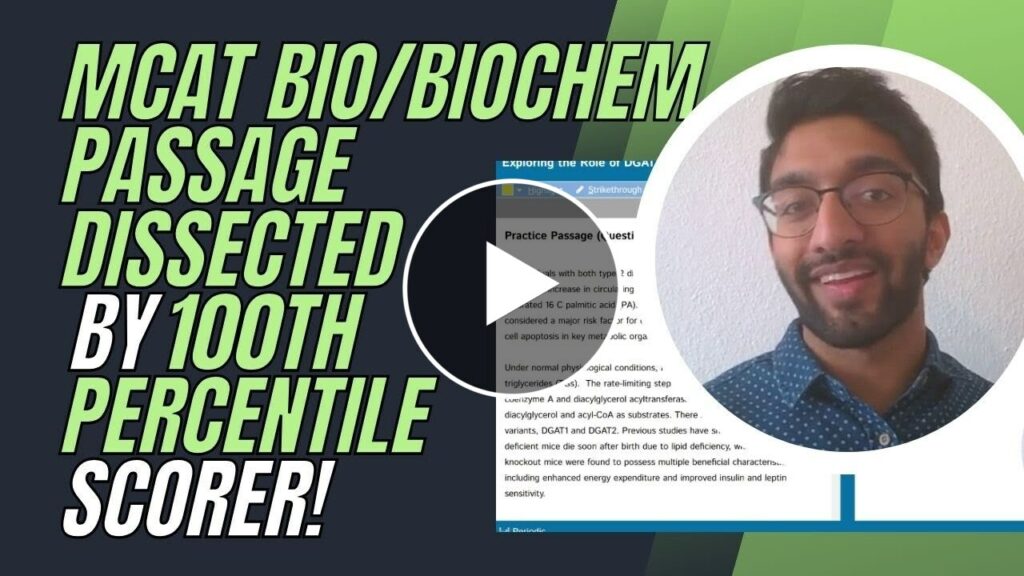


 To help you achieve your goal MCAT score, we take turns hosting these
To help you achieve your goal MCAT score, we take turns hosting these 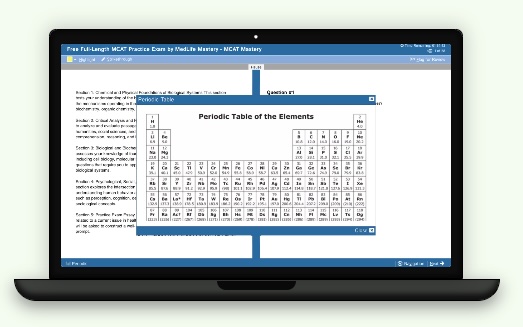

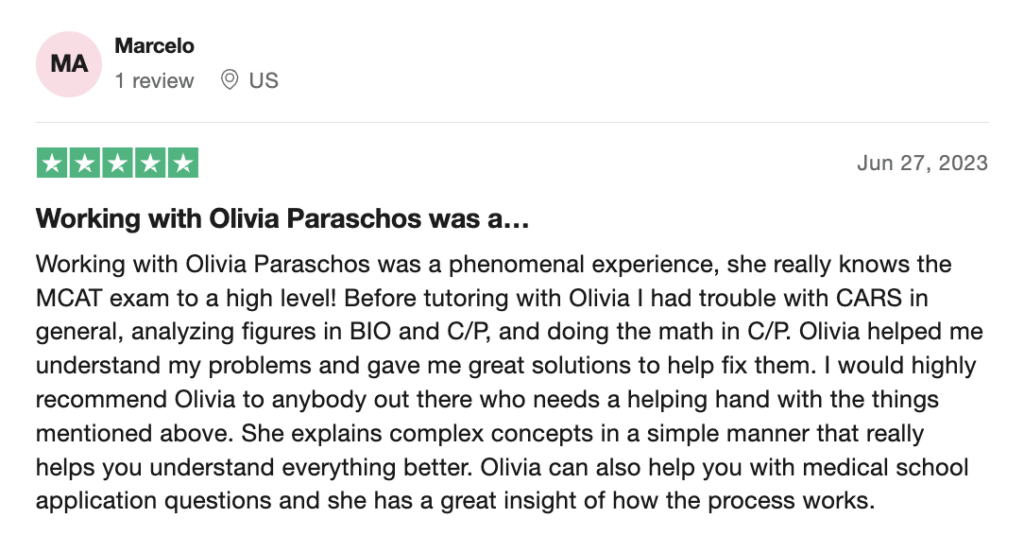


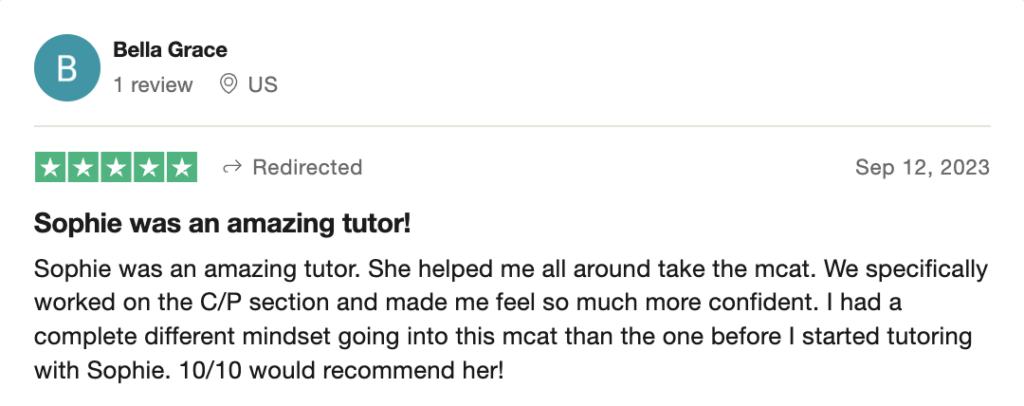

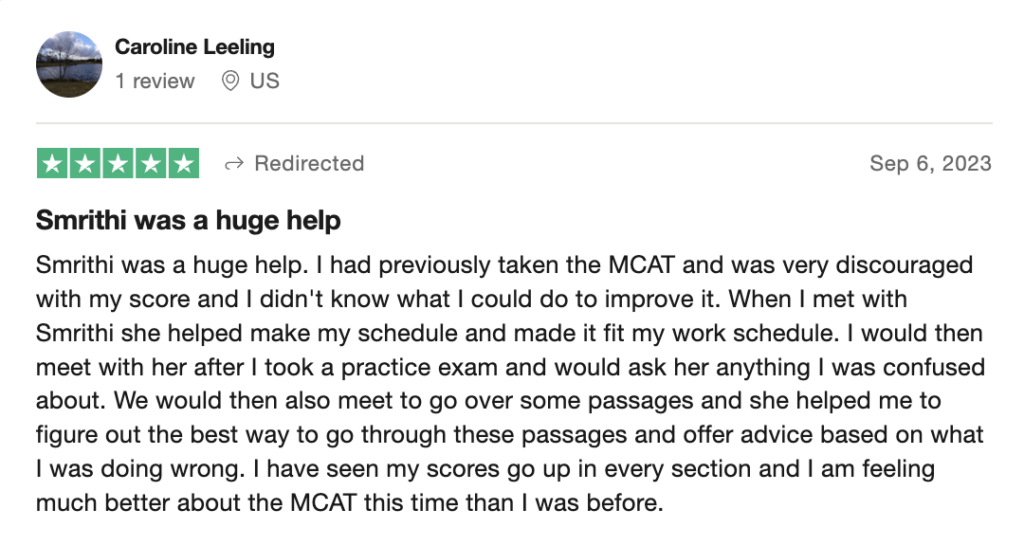

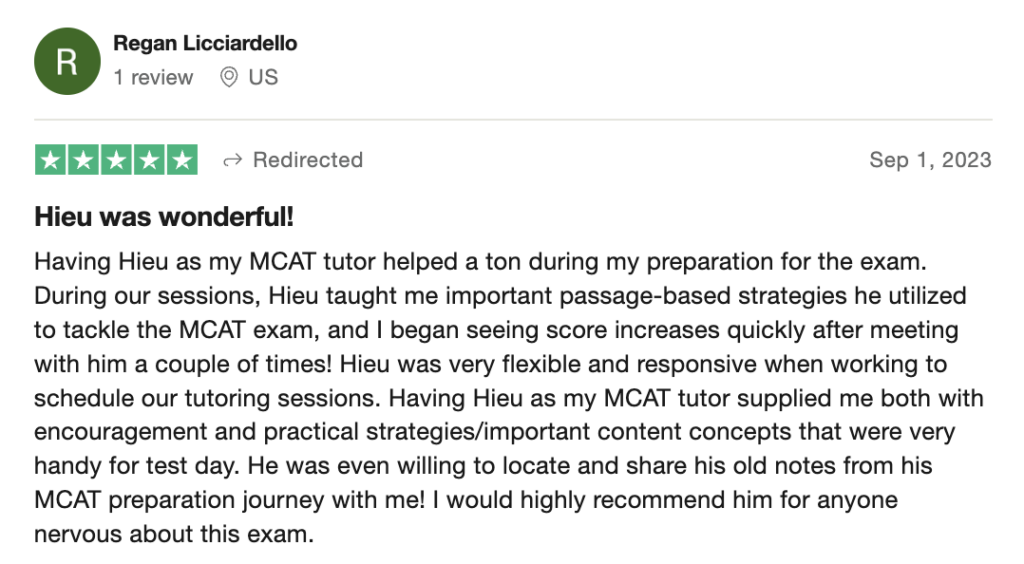
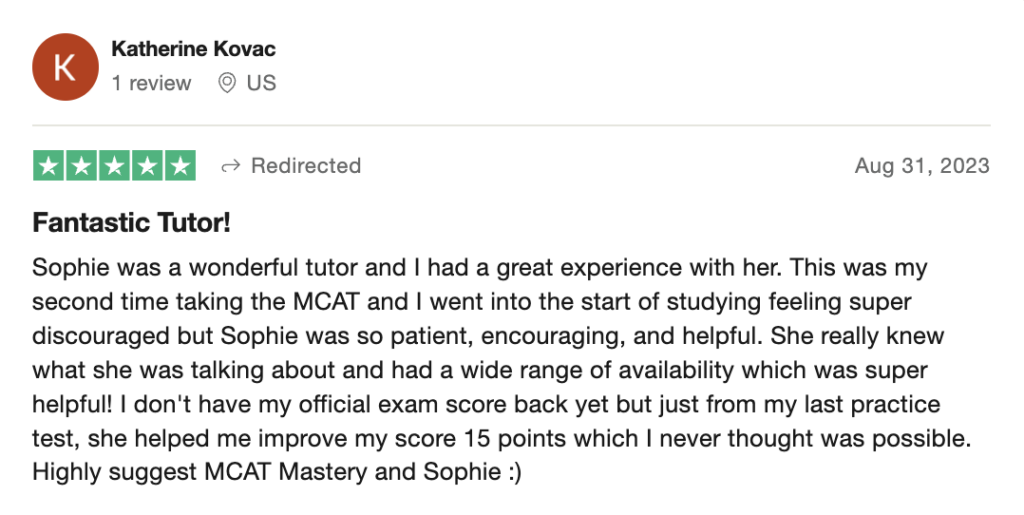

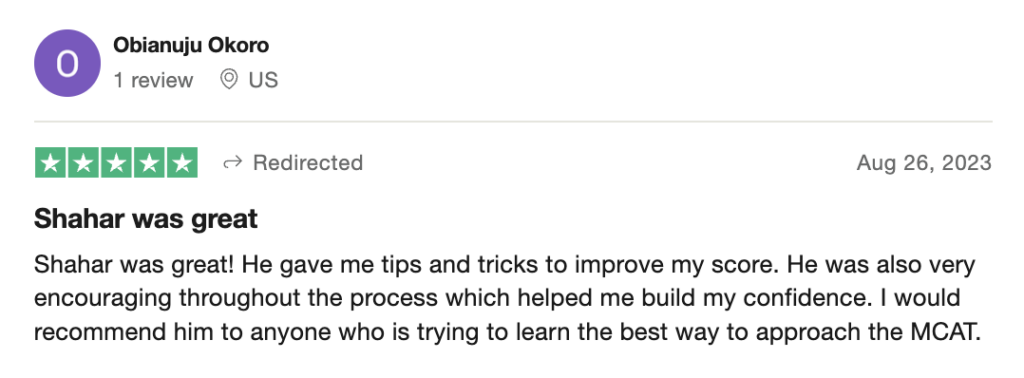
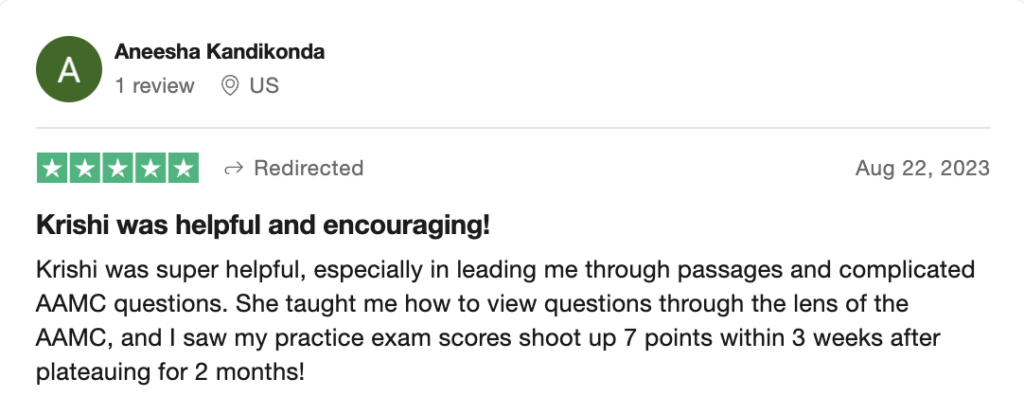

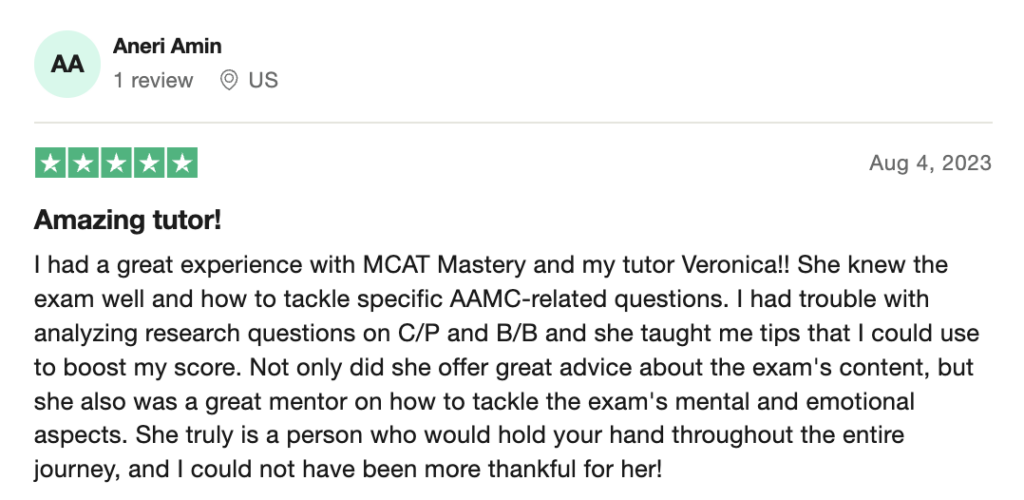



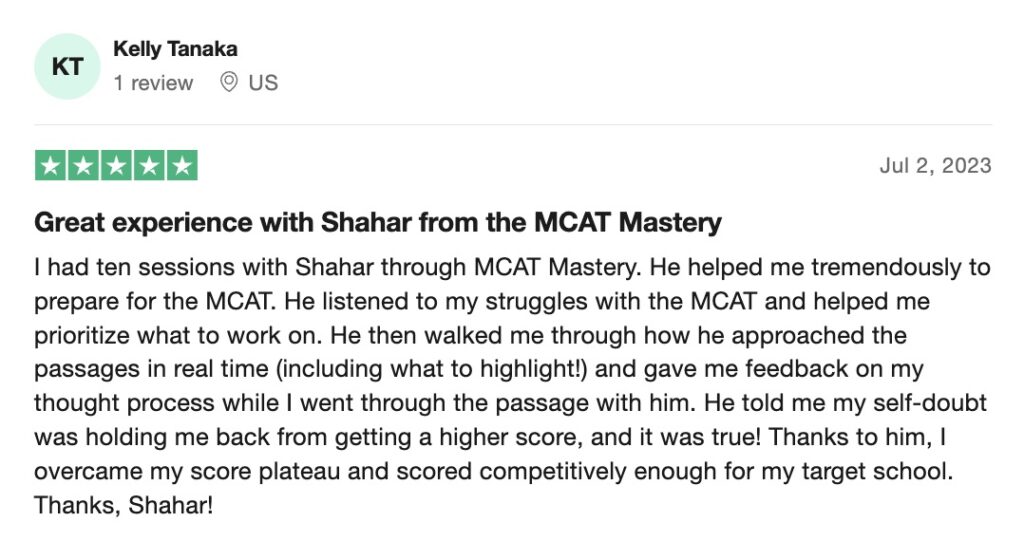
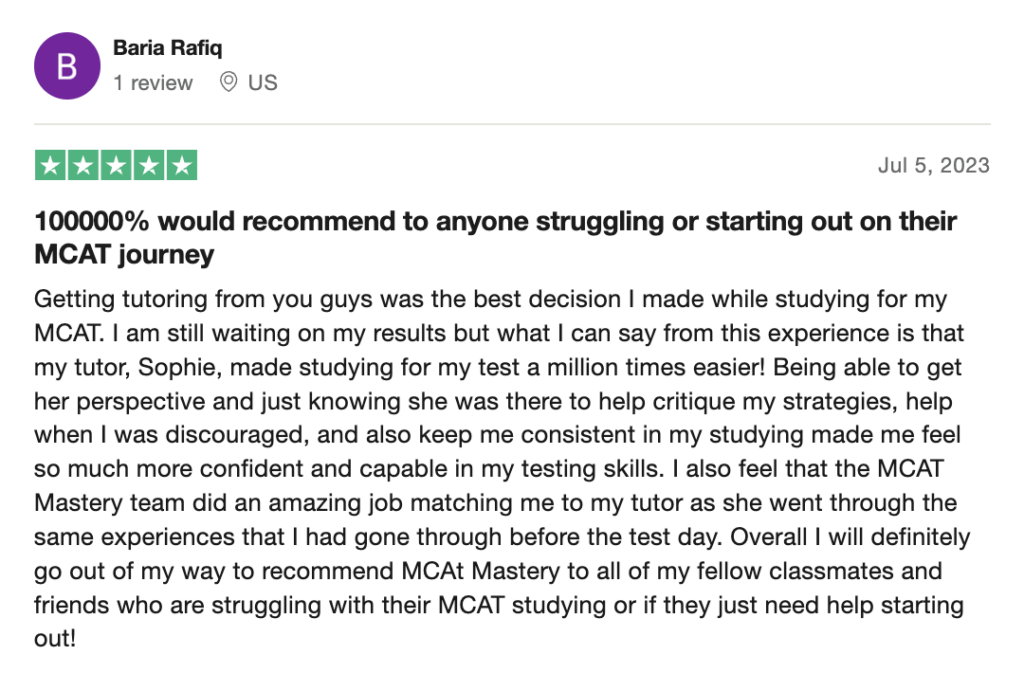
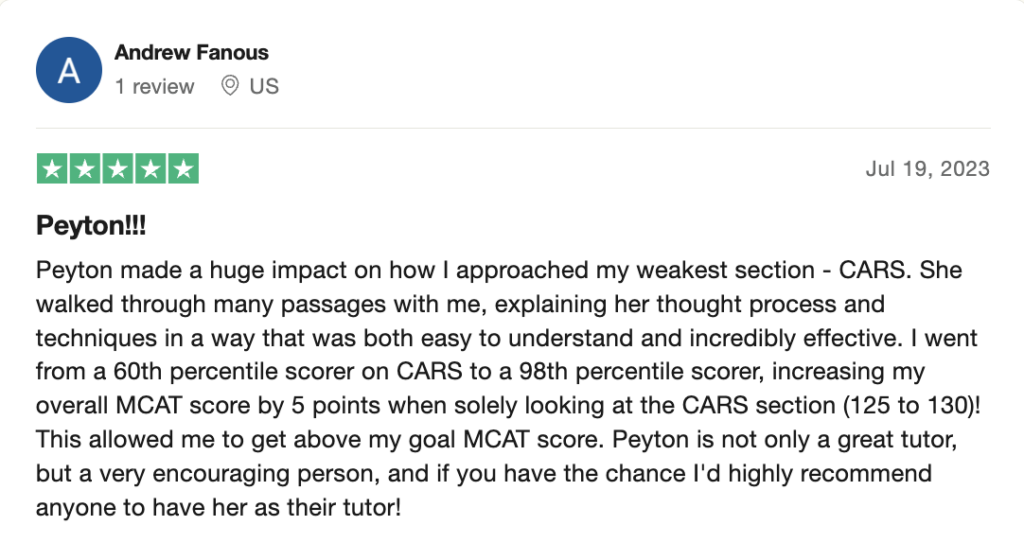
 reviews on TrustPilot
reviews on TrustPilot